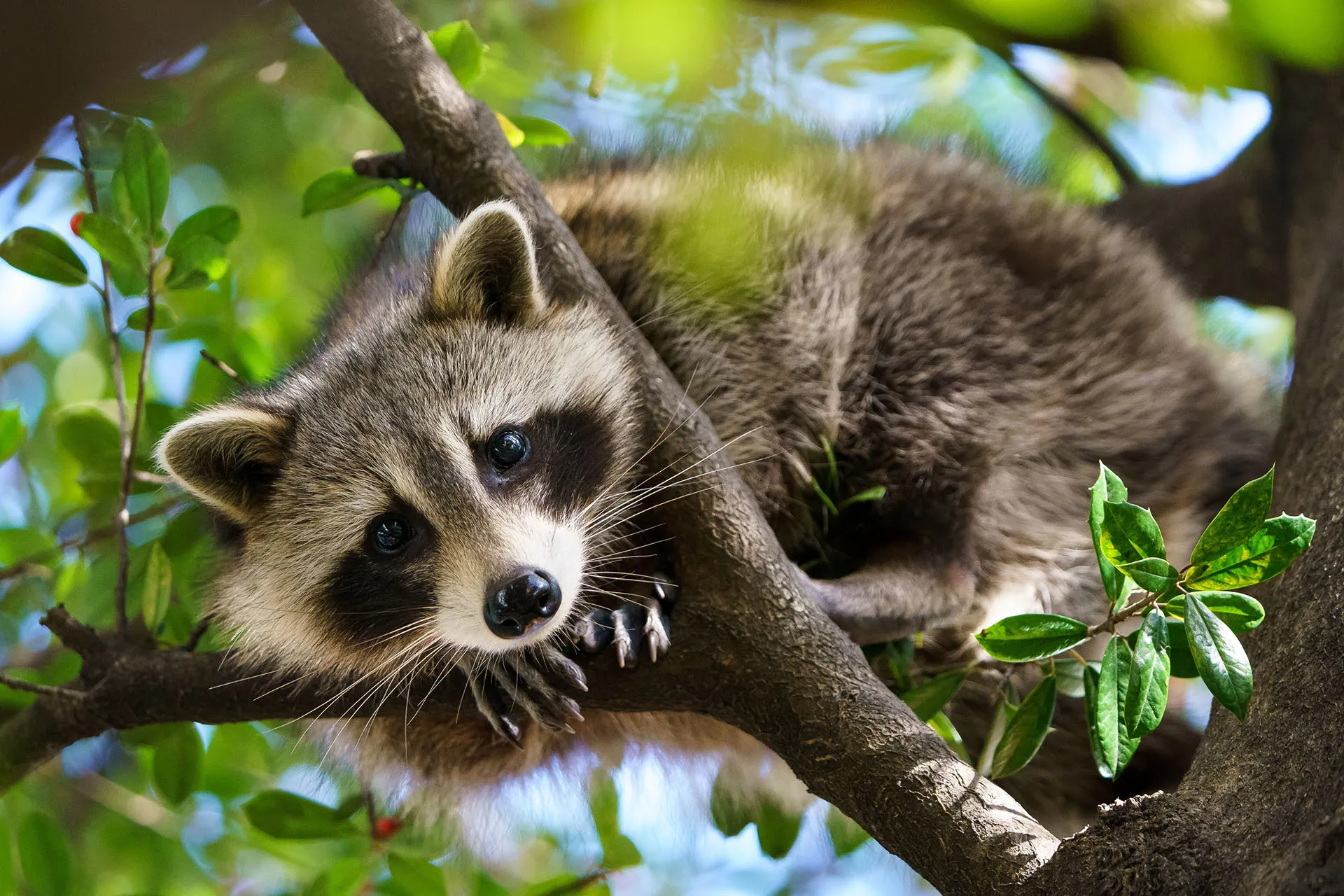The arrival of spring brings increased chances for encounters with wildlife as animals take advantage of longer days and warmer temperatures to forage for food or search for a mate. While that is ideal for those hoping to spot their first Yellow-rumped Warbler or American Black Bear of the year, an encounter between a wild animal and a domestic pet could be disastrous for either party.
To keep both your beloved pets and the wild creatures around us safe, we’ve put together a few tips that can help keep those interactions to a minimum and lessen the chances of injury if they do occur.
Keep dogs leashed when not in a fenced yard
A fenced yard is the best defense against wild animals for your canine companion. A fence ensures your beloved pooch doesn’t go wandering away from your property, and it keeps many other animals out, lessening the chances of a dangerous encounter.
When adventuring with your dog outside of your yard, it’s important to keep it leashed at all times. You will be following the rules for most cities and parks, and it will be easier to maintain control should you encounter any wandering wildlife on a trail.
Keep your yard clean – don’t leave food or garbage unsecured and scoop poop
To lessen the chance of wildlife wandering through your yard, it helps to keep it clean. That means cleaning up after your pet and scooping dog poop promptly. Other canines, like coyotes, can be territorial if they notice the smell of another animal’s droppings.
Don’t discard old food in your yard or leave food, including pet food, outside. This is a sure way to attract animals, and feeding your pets outside can leave behind small bits of food that will be noticed by and entice other animals.
Place all garbage in containers with a secure lid, especially if you live in an area with an abundance of wildlife.
Keep cats indoors
Keeping cats inside helps keep them safe while also protecting small animals like songbirds and chipmunks from felines’ natural predatory instincts.
Housecat predation on wildlife is a significant threat to native ecosystems. Domestic cats have contributed to the extinction of 63 species of birds, mammals and reptiles, and outdoor cats kill an estimated 2.4 billion birds annually in the United States alone, according to the American Bird Conservancy.
By keeping your cat indoors, you’re helping keep native wildlife safe. Indoor cats also live significantly longer lives than those allowed outdoors. Some statistics show indoor cats can live up to four times longer than those allowed outside, according to the University of California at Davis’s School of Veterinary Medicine.
Ensure your pets’ vaccinations are up to date
Sometimes encounters with wildlife occur no matter how careful you’ve been. If your pet is up to date with its core vaccinations — especially their rabies vaccine — then a chance encounter is less likely to end in disaster.
Consider snake aversion training for dogs
Dog owners living in areas with an abundance of snakes may consider snake aversion training for their animals. Dogs are naturally curious, and they don’t know the difference between venomous and non-venomous snakes.
Snake aversion training uses positive reinforcement to teach dogs to turn their attention away when they smell a snake. It can help keep your dog safe from dangerous snakes, and it can help keep harmless snakes safe from your dog.
